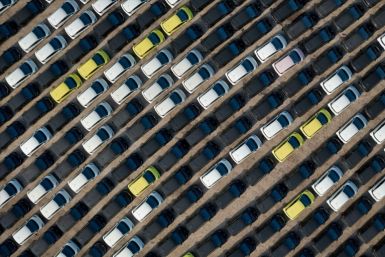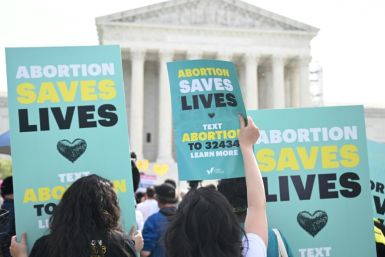SpaceX plans ocean rocket landing for Jan 17 launch
SpaceX will attempt to land the company’s next Falcon 9 rocket on a drone ship at sea on Jan. 17. The company announced on Jan. 8 that the rocket’s launch will take off from the Vandenberg Air Force Base in California, carrying NASA's Jason-3 satellite.
Reuters reports that the first stage of the rocket will separate, flip around and fire the engines to slow the fall two minutes after blast-off. The rocket will deploy landing legs and would attempt to land on a floating landing pad in the Pacific Ocean.
The company tried ocean landing twice in 2015, NBC News notes. However, a failure caused the rocket to crash and explode. Nevertheless, the company remains optimistic after a Falcon 9 booster returned safely to Earth and landed at Cape Canaveral Air Force Station in Florida.
The ocean landing will allow SpaceX to recover the boosters from a wider variety of space missions, Reuters said. Refurbishing and relaunching the company’s rockets will significantly cut down lift-off costs.
SpaceX is said to reuse just the first stage of the Falcon rockets. This would be priced at US$61 million (AU$ 87.8 million), of which US$200,000 (AU$ 287,672) will be used for fuel.
"With reusable rockets, we can reduce the cost of access to space by probably two orders of magnitude,” technology entrepreneur Elon Musk said at the American Geophysical Union conference in San Francisco in December 2015.
Accordingly, the Jason-3 satellite is an older version of the rocket that was launched in December and is incapable of attempting a touchdown on land. Jason-3 will measure the height of the sea surface with a radar altimeter and microwave radiometer. The satellite data will give scientists more insights into the ocean's circulation, sea level changes and climate phenomena such as El Nino.
A mobile landing pad will provide flexibility in launches, as returning to a launch facility or landing on a stationary empty space is inconvenient. Moreover, a mobile landing site could also be placed in the safest or most fuel-efficient area.
The booster that landed on Dec. 21 will probably not be reflown. Musk mentioned that SpaceX will try to relaunch another recovered rocket in 2016.






